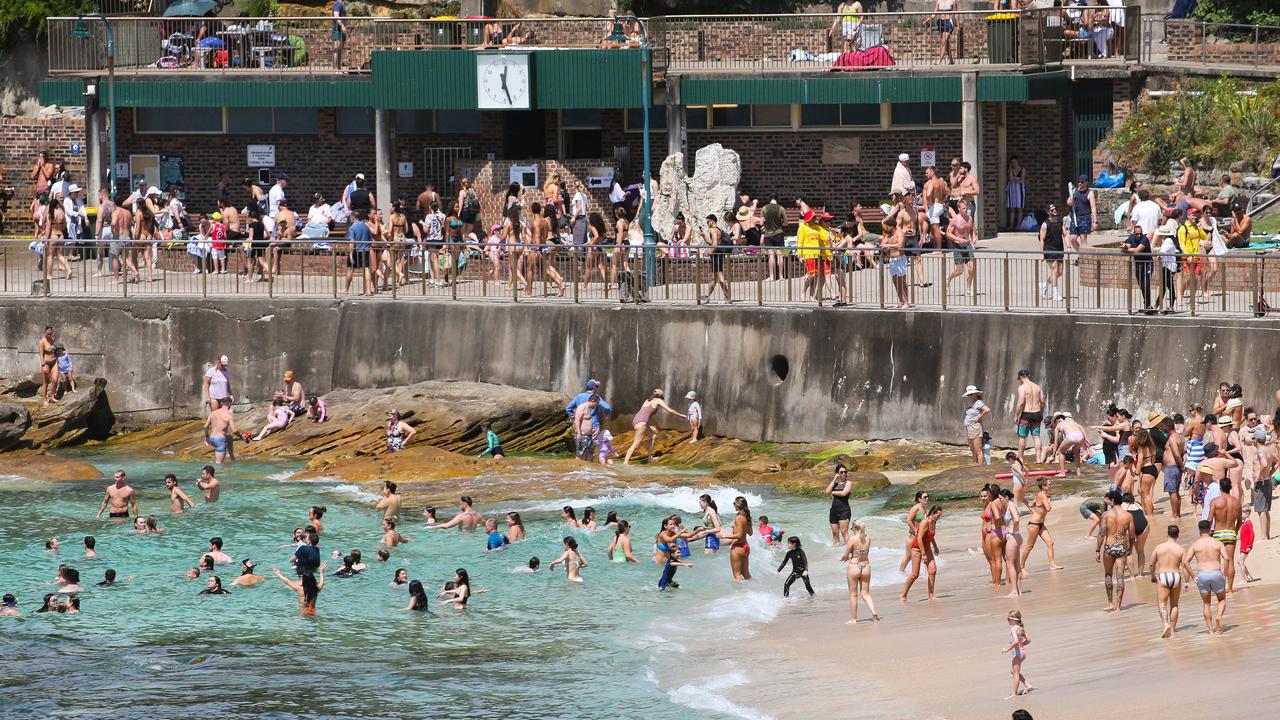Japan’s ‘killing stone’ splits in two, releasing evil spirit superstitions
An infamous “killing stone” in Japan has snapped in half, leaving locals terrified a demon vixen living inside has been freed.
Japan’s infamous “killing stone”, a giant rock that locals believe houses the spirit of an evil nine-tailed fox demoness, has broken in half.
The giant boulder, named Sessho-seki, is found near volcanic mountains in Nasu, Japan.
The origin of the stone dates back almost 1000 years. According to Japanese mythology, Sessho-seki contains the spirit of an evil nine-tailed fox wandered the Earth in the body of a woman named Tamamo-no-Mae.
Revered for her beauty, she was killed after being part of a secret plot to kill Japan’s Emperor Konoe who reigned from 1107-1123.

A Japanese-English dictionary explained that it is believed Sessho-seki “kills anyone who comes into contact with it”.
“The stone is believed to be the transformed corpse of Tamamo-no-Mae, a beautiful woman who was exposed to be a kind nine-tailed fox working for an evil daimyo [feudal war lord] plotting to kill the Japanese Emperor Konoe and take his throne.
“As told in the Otogizoshi [a book of fairytales and legends], when the nine-tailed fox was killed by the famous warrior Miura-nosuke, its body became the Sessho-seki.”
Tourists who recently visited Nasu noticed the ominous stone had split in two, with one person taking to Twitter to express their fears.
“I came alone to Sessho-seki, where the legend of the nine-tailed fox remains. The big rock in the middle wrapped around with a rope is [how] it was supposed to be, but the rock was split in half and the rope was also detached,” the Twitter user’s translated tweet said.
“If it’s a manga, it’s a pattern that the seal is broken and it’s possessed by the nine-tailed fox, and I feel like I’ve seen something that shouldn’t be seen.
“I searched for tweets and looked at the photos that seemed to have been taken within the last one to two days, but none of the rocks were broken. I’m getting really scared.”
ä¹å°¾ã®ç‹ã®ä¼èª¬ãŒæ®‹ã‚‹ã€æ®ºç”ŸçŸ³ã«ã²ã¨ã‚Šã§ã‚„ã£ã¦ãã¾ã—ãŸã€‚
— Lillian (@Lily0727K) March 5, 2022
縄ã§ãã‚‹ã£ã¨å·»ã‹ã‚ŒãŸçœŸã‚“ä¸ã®å¤§ããªå²©ãŒãれ…
ã®ã¯ãšãªã®ã§ã™ãŒã€ãªã‚“ã¨å²©ã¯çœŸã£äºŒã¤ã«å‰²ã‚Œã¦ã€ç¸„も外れã¦ã„ã¾ã—ãŸã€‚
漫画ã ã£ãŸã‚‰ã¾ã•ã«å°å°ãŒè§£ã‹ã‚Œã¦ä¹å°¾ã®ç‹ã«å–り憑ã‹ã‚Œã‚‹ãƒ‘ターンã§ã€è¦‹ã¦ã¯ã„ã‘ãªã„ã‚‚ã®ã‚’見ã¦ã—ã¾ã£ãŸæ°—ãŒã—ã¾ã™ã€‚ pic.twitter.com/wwkb0lGOM9
Officials from the Nasu Town Tourist Information Centre told local news site Yomiuri Shimbun that the stone had likely cracked because of bad weather.
Masaharu Sugawara, Nasu Kogen Yumoto Guide Club chairman and a tourism volunteer, said the splitting of the stone was a shame.
“It’s natural, so it can’t be helped, but it’s a shame because it’s a symbol of the local area,” Mr Sugawara told the website.





